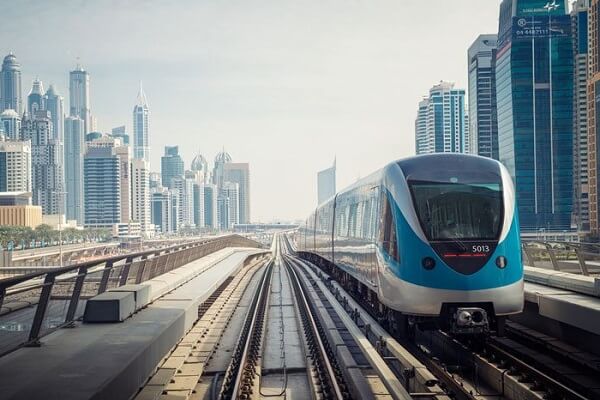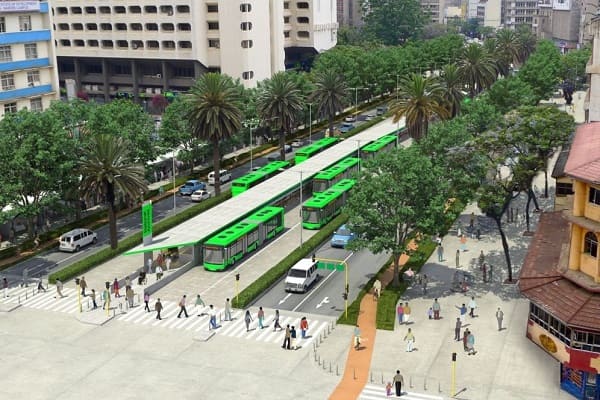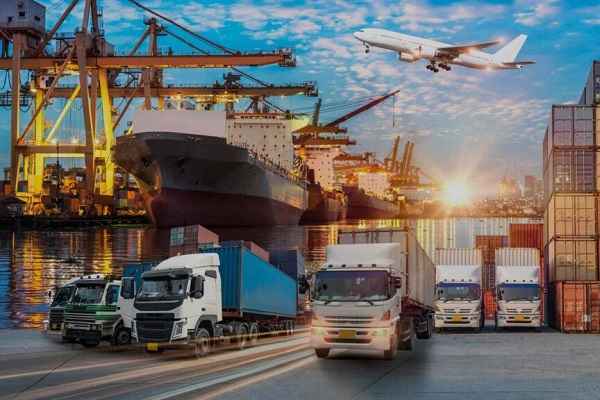 How Weigh-in-Motion Systems Are Revolutionizing Freight Safety
How Weigh-in-Motion Systems Are Revolutionizing Freight Safety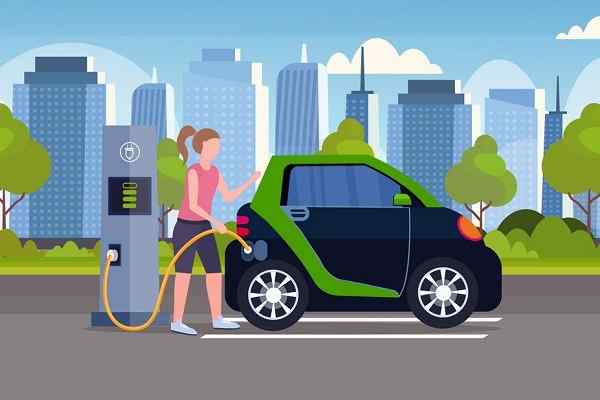 Women Powering India’s Electric Mobility Revolution
Women Powering India’s Electric Mobility Revolution Rail Chamber Launched to Strengthen India’s Global Railway Leadership
Rail Chamber Launched to Strengthen India’s Global Railway Leadership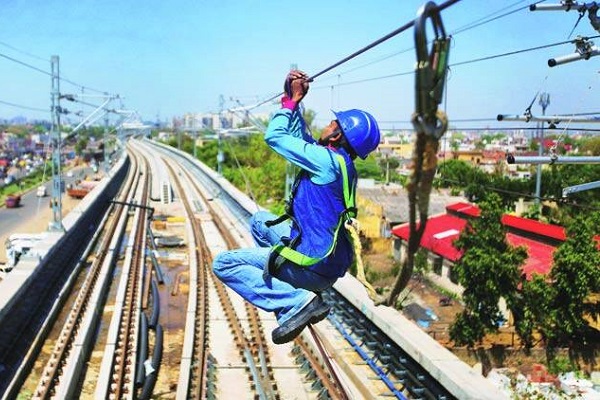 Wage and Hour Enforcement Under the Massachusetts Wage Act and Connecticut Labor Standards
Wage and Hour Enforcement Under the Massachusetts Wage Act and Connecticut Labor Standards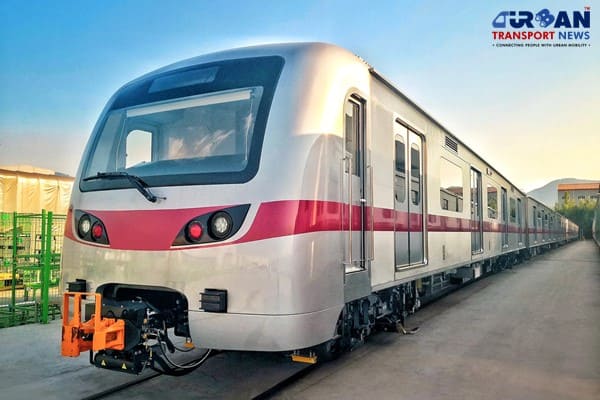 MRT‑7: Manila’s Northern Metro Lifeline on the Horizon
MRT‑7: Manila’s Northern Metro Lifeline on the Horizon Delhi unveils ambitious Urban Mobility Vision: Luxury Metro Coaches, New Tunnels and Pod Taxi
Delhi unveils ambitious Urban Mobility Vision: Luxury Metro Coaches, New Tunnels and Pod Taxi Qatar approves Saudi Rail Link Agreement, Accelerating Gulf Railway Vision 2030
Qatar approves Saudi Rail Link Agreement, Accelerating Gulf Railway Vision 2030 UP Govt plans to introduce Water Metro services in Ayodhya, Varanasi & Prayagraj
UP Govt plans to introduce Water Metro services in Ayodhya, Varanasi & Prayagraj India’s First Urban Ropeway begins Trial Run in Varanasi, Set to carry 1 Lakh passengers daily
India’s First Urban Ropeway begins Trial Run in Varanasi, Set to carry 1 Lakh passengers daily India and Bhutan to Build First-Ever Rail Link: ₹4,033 Cr Project to Boost Regional Connectivity
India and Bhutan to Build First-Ever Rail Link: ₹4,033 Cr Project to Boost Regional Connectivity
Enhancing Rail and Transportation Sectors with the Internet of Things (IoT)
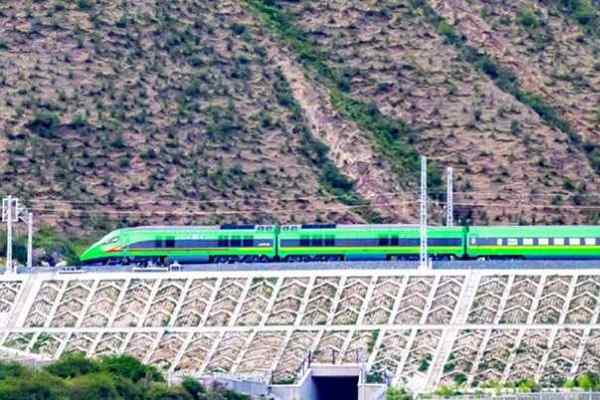
The Internet of Things (IoT) refers to a revolutionary network of interconnected devices, objects, and systems that communicate and exchange data seamlessly over the internet. This interconnectedness enables devices to collect and share information without requiring human-to-human or human-to-computer interaction. In essence, IoT transforms ordinary objects into smart, data-driven entities, enhancing their capabilities and enabling them to perform tasks autonomously.
At its core, IoT involves embedding sensors, software, and other technologies into various physical objects, ranging from household appliances and vehicles to industrial machinery and infrastructure. These devices, often referred to as "smart devices," are equipped with the ability to gather data from their surroundings, process that data, and transmit it to other devices or central data repositories via the internet.
Key Components of IoT
Devices and Sensors: IoT relies on a diverse range of devices and sensors that capture real-world data. These sensors can detect parameters such as temperature, humidity, light, motion, and more.
Connectivity: Devices within an IoT ecosystem connect to each other and to the internet through various communication technologies, including Wi-Fi, cellular networks, Bluetooth, Zigbee, and more.
Data Processing and Analytics: Once data is collected, it undergoes processing and analysis. This involves extracting valuable insights from the raw data, enabling informed decision-making.
Cloud Computing: IoT systems often rely on cloud computing platforms to store, process, and manage the vast amounts of data generated by connected devices.
User Interfaces: IoT devices are typically accessible through user-friendly interfaces, such as mobile apps or web portals, allowing users to monitor and control devices remotely.
In the contemporary world, the integration of technology into various sectors has led to unprecedented advancements and transformations. One such transformative force is the Internet of Things (IoT), which has found a significant application in enhancing the efficiency, safety, and sustainability of the rail and transportation industries. By seamlessly connecting devices, vehicles, and infrastructure, IoT is revolutionizing the way these sectors operate, from optimizing operations to delivering an improved passenger experience. Here's an in-depth look at how IoT is reshaping the rail and transportation landscape.
1. Real-time Monitoring and Asset Management
The heart of the rail and transportation industries lies in their vast networks of assets, from trains and locomotives to tracks and stations. IoT technologies enable real-time monitoring of these assets, providing insights into their conditions, locations, and performance. Sensors embedded in the infrastructure and rolling stock can gather data on factors such as temperature, pressure, vibration, and wear and tear. This data empowers operators to track asset health, predict maintenance needs, and proactively address issues before they result in disruptions, reducing downtime and improving operational efficiency.
2. Predictive Maintenance
IoT-enabled sensors and data analytics play a pivotal role in predictive maintenance. By collecting and analyzing real-time data from various components, operators can forecast when maintenance is required. This not only prevents costly breakdowns but also extends the lifespan of assets, ultimately reducing operational expenses. Predictive maintenance also optimizes the allocation of maintenance crews and resources.
3. Safety Enhancement
Safety is of paramount importance in rail and transportation. IoT contributes to safety enhancements by enabling real-time monitoring of critical parameters such as speed, track conditions, and weather. If any unsafe conditions are detected, automatic alerts can be triggered to both train operators and control centers. Moreover, IoT can aid in detecting potential security breaches and unauthorized access to restricted areas.
4. Improved Operations and Efficiency
IoT solutions facilitate the optimization of operations through data-driven insights. Sensors integrated into tracks and signals can offer real-time information about train movements, allowing for better scheduling and routing. This, in turn, reduces congestion, minimizes delays, and enhances overall system efficiency.
5. Enhanced Passenger Experience
The integration of IoT technologies can drastically improve the passenger experience. Real-time information about train schedules, delays, and seating availability can be provided through mobile apps and digital displays in stations. Additionally, onboard Wi-Fi, entertainment systems, and automated announcements create a more comfortable and connected journey for passengers.
6. Smart Ticketing and Fare Systems
IoT-driven smart ticketing systems enable seamless fare collection through contactless cards or mobile apps. This simplifies the boarding process, reduces queues, and enhances the overall passenger flow. Data collected from these systems can also provide insights into travel patterns, helping operators adjust schedules and services accordingly.
7. Energy Efficiency and Sustainability
IoT solutions contribute to the sustainability of rail and transportation operations. By monitoring energy consumption and optimizing systems, operators can reduce their carbon footprint. For instance, IoT can help regulate lighting and ventilation systems in stations and manage power usage in trains, leading to significant energy savings.
8. Logistics and Freight Management
IoT applications extend beyond passenger transportation to freight and logistics. Sensors placed on cargo containers and trucks provide real-time tracking and monitoring, ensuring that goods are transported safely and efficiently. This level of transparency improves supply chain visibility and reduces losses due to theft or damage.
9. Data-driven Decision Making
IoT generates massive amounts of data that can be harnessed to make informed decisions. By analyzing data trends, operators can identify opportunities for process improvements, cost savings, and enhanced service quality.
In conclusion, the Internet of Things has emerged as a transformative force in the rail and transportation sectors. By enabling real-time monitoring, predictive maintenance, enhanced safety measures, improved operations, and a better passenger experience, IoT is driving efficiency, sustainability, and innovation across these industries. As technology continues to evolve, the integration of IoT into rail and transportation will only deepen, ushering in a new era of smart and interconnected mobility.






